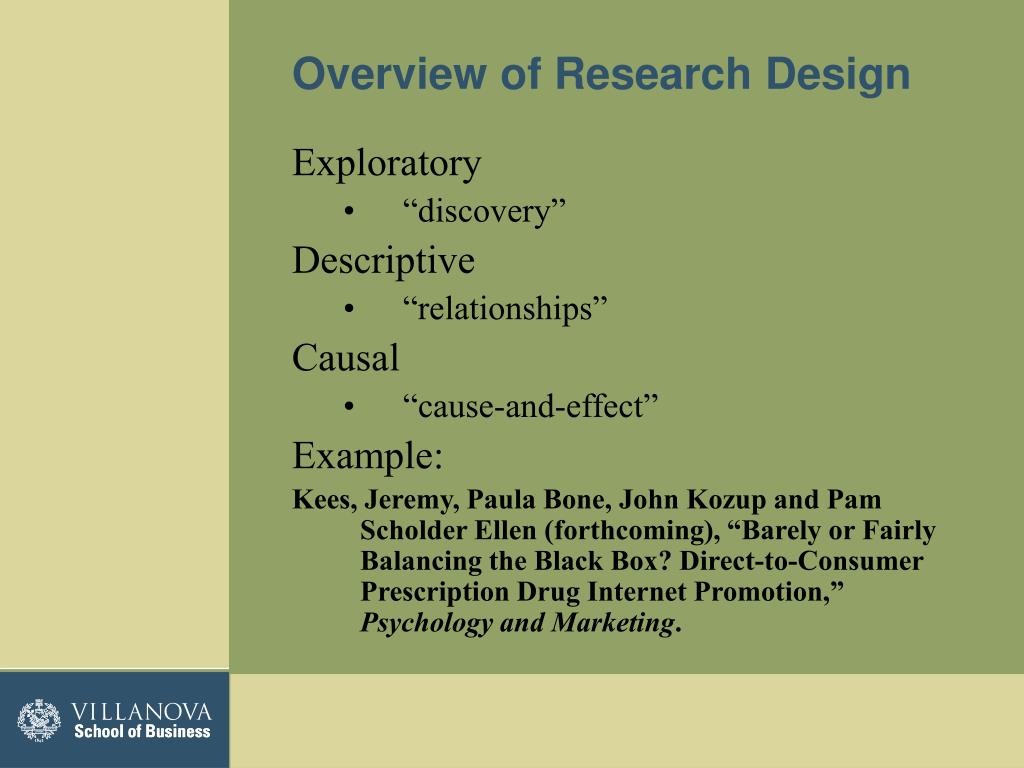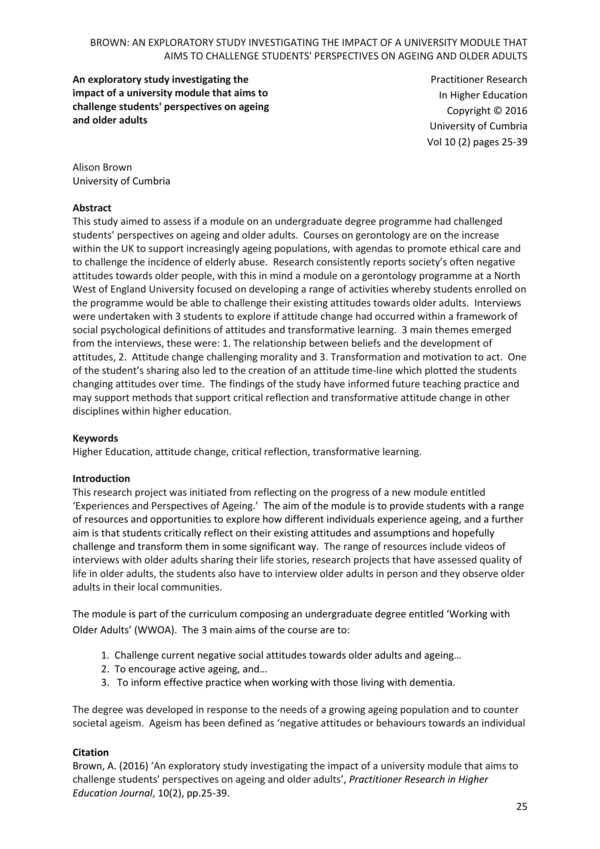Table Of Content

It is particularly useful if researchers wish to clarify the understanding of a problem, such as if they are unsure of the precise nature of the problem. Descriptive research describes the characteristics of a subject to compare and contrast with other subjects observed in the same study. Exploratory research provides significant cost-effectiveness and time-savings on projects. If a project is unsuccessful because you did not conduct exploratory research, it will lead to much more cost and time expenditures in the future. And once you have a proven exploratory research process established, it will be easier to do further research when needed. Data that perhaps didn’t verify our concept but proved it nonviable in the market.
Causal Design
The outcomes of this research provide answers to questions like what, how and why (Bernd, 2017).
Time-consuming
For such a research, a researcher starts with a general idea and uses this research as a medium to identify issues, that can be the focus for future research. An important aspect here is that the researcher should be willing to change his/her direction subject to the revelation of new data or insight. Such a research is usually carried out when the problem is at a preliminary stage. It is often referred to as grounded theory approach or interpretive research as it used to answer questions like what, why and how. In other words, an exploratory research design simply investigates the research questions, leaving room for future studies, whereas a conclusive research design seeks to provide final research findings.
Step 3: Design your methodology or process

This is used to clarify research problems and hypotheses and to establish research priorities. A hypothesis is a statement based on limited evidence which can be proved or disproved and leads to further investigation. Consequently, exploratory research designs, unlike the descriptive research or casual, are often used to establish an understanding of how best to proceed in studying an issue or what methodology would effectively apply to gathering information about the issue. You might have your product's models, drawings, or prototypes ready for testing.
Exploratory study of the global intent to accept COVID-19 vaccinations Communications Medicine - Nature.com
Exploratory study of the global intent to accept COVID-19 vaccinations Communications Medicine.
Posted: Thu, 09 Sep 2021 07:00:00 GMT [source]
By observing their interactions and listening to their questions, answers, and comments, you can identify necessary changes to the product. This process will also give you insights into how customers will respond to it when it launches. Observation means observing subjects or a research phenomenon of interest in the field, and may involve the use of qualitative or quantitative methods, or both. For example, if you are trying to develop a placement strategy for a new retail product, you might observe the way that shoppers interact with the aisles and shelves at a local supermarket.
Do they want policymakers or others to use their research findings to shape social life, or is this project more about them exploring their interests? Their responses to each of these questions will influence the design of their research. Freshbite is a one and half year old e-commerce start-up company delivering fresh foods as per the order to customer’s doorstep through its delivery partners. However, after completion of the first year, the sales started declining at brisk rate. Due to lack of historical data, the sales director was confused about the reasons for this decline in sales.
This type of research can be useful in exploring the range of opinions and attitudes towards a topic, identifying common themes or patterns, and generating ideas for further research. Secondary research is the collection of information from previously published primary research. In this type of study, the researcher gathers information from various sources such as case studies, magazines, newspapers, books, and so on (Gerring & Mahoney, 2020). Next, determine at what points and how you want to collect feedback on your product as you design and iterate it.

Exploratory Research Design: Definition, Types and Ways to Implement
A researcher begins with a broad concept and uses this research as a vehicle to identify issues that can be the focus of future research (Lelissa, 2018). The goal of exploratory research is not to provide final and conclusive answers to research questions, but rather to explore the research topic in varying depths. It has been stated that exploratory research is the preliminary research that serves as the foundation for more conclusive research (Asika, 2004; Akhtar, 2016; Saunders, Lewis & Thornhill, 2016). Exploratory research design is conducted for a research problem when the researcher has no past data or only a few studies for reference. It serves as a tool for initial research that provides a hypothetical or theoretical idea of the research problem. This research is conducted in order to determine the nature of the problem and helps the researcher to develop a better understanding of the problem.
Primary research methods
—and an ongoing desire for guidance on how best to distinguish high-quality from low-quality qualitative research. Exploratory research can add quality and insightful information to a study, and is vital to a study. It allows for the researcher to be creative in order to gain the most insight on a subject. Next, an outside audience will be used for this research, so it is a good opportunity for the researcher to know what works or what is not a productive method to use.
For example, editors may decide against publication of exploratory or descriptive studies, but prioritise well-executed comparative studies that advance the field in ways quantitative studies could not. The challenge of diverse epistemologies has become more acute as qualitative health research has expanded beyond its historical roots in phenomenological or grounded theory studies. Exploratory research “tends to address new problems with little or no prior research”.
You can continue this type of interactive research with your target group or customer base throughout all phases of product development. This includes the design, manufacturing, market introduction, and customer experience phases. You will want to conduct exploratory research to determine how people will respond to your product. Your data may show that your potential customers have a different opinion than you expected. Once you receive the data, your perception of how to proceed with the product's design will become more apparent. In our above example, you might develop a market research survey on customers’ perceptions of the various products in order to test your hypothesis.
When hypotheses are used to test a specific relationship between identified variables in a research problem, it is quantitative (Asika, 2004). Tegan (2021) also stated that exploratory research is frequently qualitative. A large-sample exploratory study, on the other hand, can be quantitative as well. Due to its flexibility and open-ended nature, it is also known as interpretive research or a grounded theory approach.
Given this intellectual diversity, it is inappropriate to use a single yardstick for all qualitative research. Rather, assessments of qualitative quality must begin with an assessment of a study’s theoretical orientations and research objectives to ensure that rigour is assessed on a study’s own terms. This framework and suggested approaches may help to advance evaluations of qualitative rigour that acknowledge and differentiate between the studies that report exploratory, descriptive or comparative study objectives.

No comments:
Post a Comment